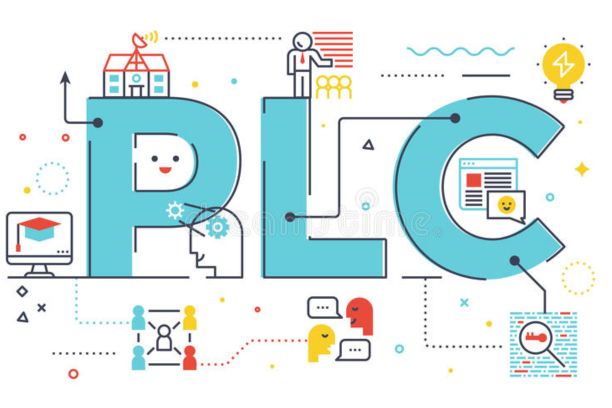Often, you’ll hear adults, especially the ones at school, throwing around jargon like “PLC” as if they’re speaking in secret code. You might be wondering, “What does PLC stand for, and why should I care?”
Stick around, because we’re about to break it down for you in a way that’s as easy to understand as why TikTok videos are so addicting. Trust me, it’s worth knowing!
Table of contents
What does PLC stand for in education?
So you’ve heard the term “PLC” bouncing around at school and you’re curious, huh? No worries, let’s clear up the mystery. In the educational world, PLC stands for “Professional Learning Community.”
Picture this: teachers, administrators, and even sometimes students, getting together in a kind of educational dream team. They brainstorm, share ideas, and work out strategies to make learning better for everyone involved.
It’s like a think tank but for your school. Knowing about PLCs can give you insights into how your education is being shaped.
Read: What Does ATH Mean In Football? (Explained)
What are professional learning communities?
Imagine your teachers in a sort of Avengers team-up, but instead of fighting bad guys, they’re battling ignorance and school challenges.
They gather in these PLCs to swap teaching secrets, figure out how to help students who are struggling, and celebrate what’s working well in the classroom.
It’s not just about one superstar teacher; it’s about a collective effort to make the school a better place for learning. Think of it as a supercharged, collaborative effort to boost your education to the next level.
Also, read: How Many SCPs Are There? SCP Foundation Explained
What is PLC process in education?
So you’re really getting into the nitty-gritty of how PLCs work in education—love the enthusiasm! Here’s how it rolls. The PLC process isn’t just a one-and-done deal; it’s a repeating cycle that’s all about improvement.
First up, teachers identify the crucial skills and knowledge they want you and your classmates to learn. That’s Step 1. On to Step 2: they brainstorm and share killer teaching strategies to get those points across.
After they’ve done the teaching, it’s testing time—but not the stressy kind. This is Step 3, where they gauge how well everyone’s catching on. Now, hold on to your hats for Step 4: they gather again to analyze those results.
They ask, “Did the students get it? If not, what can we tweak?” Then, they refine their plans and start the cycle anew. It’s like your education is getting constant software updates, making sure you’re learning in the best way possible. Now that’s some next-level stuff!
Also, read: What Does it Mean When it Says Instagram User?
What is an example of PLC in education?
Let’s say there’s a math teacher, an English teacher, and a science teacher at your school who notice that a lot of students are struggling with critical thinking.
They formed a PLC to tackle this issue head-on. They meet once a week to discuss strategies, like introducing problem-solving exercises or debates into their lessons. They even share data—like quiz scores—to see if their new methods are working.
After a few months, boom! Students are nailing critical thinking like pros. It’s like a mini-educational revolution, sparked by teamwork among teachers.
FAQs
The PLC teaching cycle is a revolving process that keeps education fresh and effective. First, teachers pinpoint what students need to learn. Next, they plan out how to teach it. After teaching, they assess students to see if the material clicked. Finally, they review the data and tweak their methods for next time. It’s a loop of constant improvement!
In the context of a new curriculum, PLC (Professional Learning Community) serves as the dynamic engine for adapting and refining educational methods. Teachers collaborate to understand the new material and how best to teach it. They assess student performance, analyze results, and continually adapt their strategies to make the curriculum as effective as possible.
In ICT (Information and Communication Technology), PLC stands for “Programmable Logic Controller,” a device used to control industrial systems. But if you’re talking about education, PLC in ICT refers to Professional Learning Communities focused on tech. Teachers collaborate to integrate digital tools into lessons, assess their impact, and share insights to enhance student learning in our increasingly digital world.
Conclusion
So there you have it! PLCs, or Professional Learning Communities, are basically superhero teams of educators committed to making your school experience awesome. Through a cycle of planning, teaching, assessing, and tweaking, they ensure you’re getting the best education possible. Next time you hear “PLC,” you’ll know it’s a sign your teachers are leveling up for your benefit!
References
- pgc.edu – plc stand for in education
- hmhco.com – PLCs in Education Reimagined
- edtechreview.in – What is a Professional Learning Community (PLC)?






